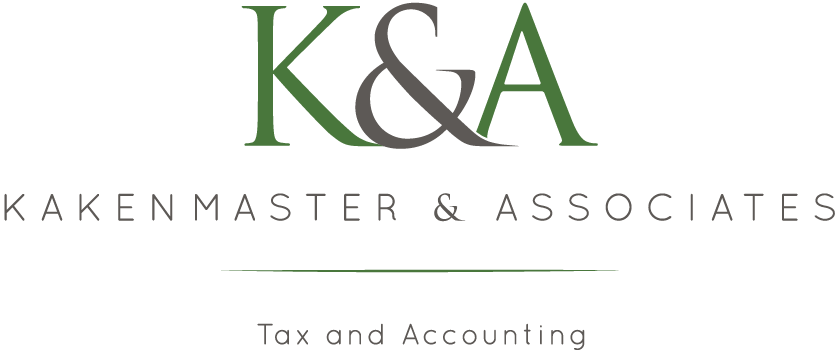Renting your primary residence rather than selling it may be an attractive option if property values are down and you want to wait until they rebound to sell. Or perhaps it is a good market for rentals, so you decide not to sell the property. Also, if the sale of your personal residence would result in a nondeductible loss (losses realized on the sale of a primary residence are never deductible), converting it to a rental property may provide tax savings opportunities. Whatever the reason, the tax implications are complex when you rent your once primary residence.
Tax Deductions on a Rental:
As a landlord, the IRS allows you to claim deductions on your income taxes for depreciation and other write-offs for rental properties to offset the rental income. Tax deductions for landlords include mortgage interest, property taxes, insurance, association fees (HOA), utilities, repairs, and maintenance. Making improvements after the property has been converted to a rental often allows for a higher depreciable basis of the property. If the rental results in a loss, you may be limited in the amount you can deduct based on your income. You are allowed up to $25,000 in rental losses if your adjusted gross income is under $100,000. This amount is reduced by one dollar for every two dollars the adjusted gross income is above $100,000 and is totally phased out at $150,000. Losses that are not allowed in the current year will carry forward until they are used or are completely deductible in the year of the sale.
Tax Implications on a Sale:
When you sell your converted rental property that was once your primary residence, you may lose the home sale exclusion, which allows a taxpayer to exclude up to $250,000 for taxpayers who file a single return ($500,000 for taxpayers who file a joint return) of the gain from the sale (or exchange) of property owned and used as a principal residence for at least two of the five years before the sale. One of the first things to determine when selling a rental property that was once your primary residence is whether there was a gain or a loss according to the Internal Revenue Code Section 121.
The first step in determining a gain or a loss is to compare the sales price to the adjusted basis of the property (both at the time of conversion and at the time of the sale), as well as the sale price and the fair market value of the property when it was converted to a rental property.
For example, the homeowners purchased their first home in 2002 for $400,000. However, in 2011 the fair market value (FMV) of the home was only $310,000, so they decided to rent the property. A few years later they made $20,000 of improvements to the property. In 2015 they sold the property for $390,000. (Table I below shows how the adjusted basis was determined.) With a sale price of $390,000, the sale would result in a taxable gain of $63,725 ($390,000 - $326,275).
However, if the sale price was $200,000 in the example in the preceding paragraph, this would create a loss on the sale. The FMV of the property would then be used to determine a gain or loss on the sale. (Table II provides an example of how the adjusted basis for the loss is determined.) With a sale price of $200,000, there would be a loss of $36,275 ($200,000 - $236,275).
Once it is determined whether there is a gain or loss, the next step is to determine whether any portion of the gain qualifies for the personal residence exclusion or whether any portion of the loss may be deductible.
There are many complex tax guidelines that need to be considered when converting a primary residence into a rental property and/or eventually selling the property. Please contact our office to help you determine what is best for your particular tax situation.


